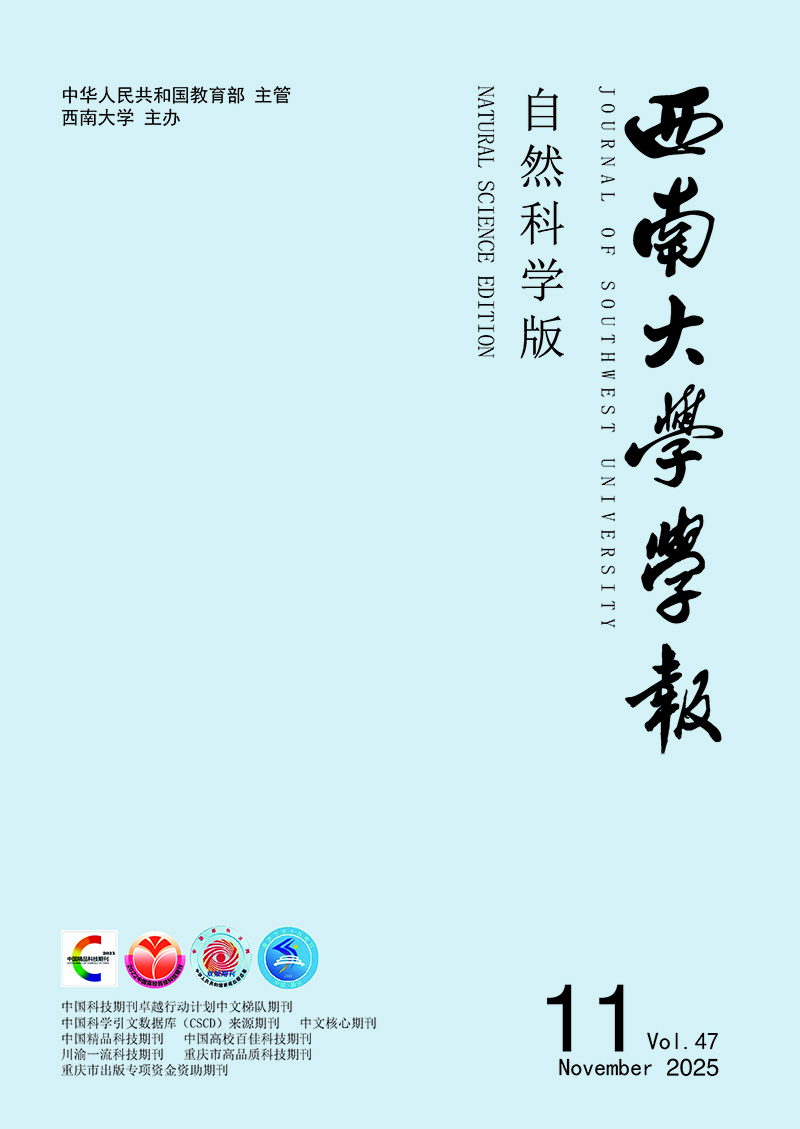BIOLOGY AND ECOLOGY OF RICE SPITTLE BUG (CALLITETTIX VERSICOLOR)
Abstract: One generation of rice spittle bug (Callitettix versiclor Fabricius) ,which has recently become a dominant pest for rice crops,occurs in a year in Chongqing, China. Its eggs are present in the soil throughout the year. The nymph stage lasts from May to September and adult stage from June to November with its occurrence peak appearing in the period from late June to August. The laying period of the female lasts from June to August. Its eggs and nymphs are cistributed in a fan-shaped section with the rice field as the central point,predominantly in the plant root layer of the upland soil 30~50 m away from the rice field. The nymph undergoes 5 instars, each having distinct morphological characteristics and lasting 19~41 d.(averaging 27.7 d.).Predominantly,the 1st and 2nd ir stars (60%~80%) are found in the 15~20 cm soil layer,the 3rd and 4th instars (75%~85%) in the 5~15 cm layer and the 5th inatars (90%~95%) in the 5~7 cm below and above soil. In an indoor rearing experiment,1st,2nd and 3rd instars were found to move up once per 2~5 days over 1~3 cm. They got to the stem and leaves of the sweet potato plants in 7 ~9 d. The 4th and 5th instars rarely moved unless interfered. The adults began to copulate about 11.9d. after emergence,usually fiom 9 to 11 or fiom 14 to 18 o' clock,each copulation lasting for 2~4 hours. Each female laid,on the average,about 200 eggs in the cracked soil surface,3 ~ 5 eggs at a spot.The longevity ff the adults averaged 19.2d.,with the female living a bit longer than the male.






 DownLoad:
DownLoad: